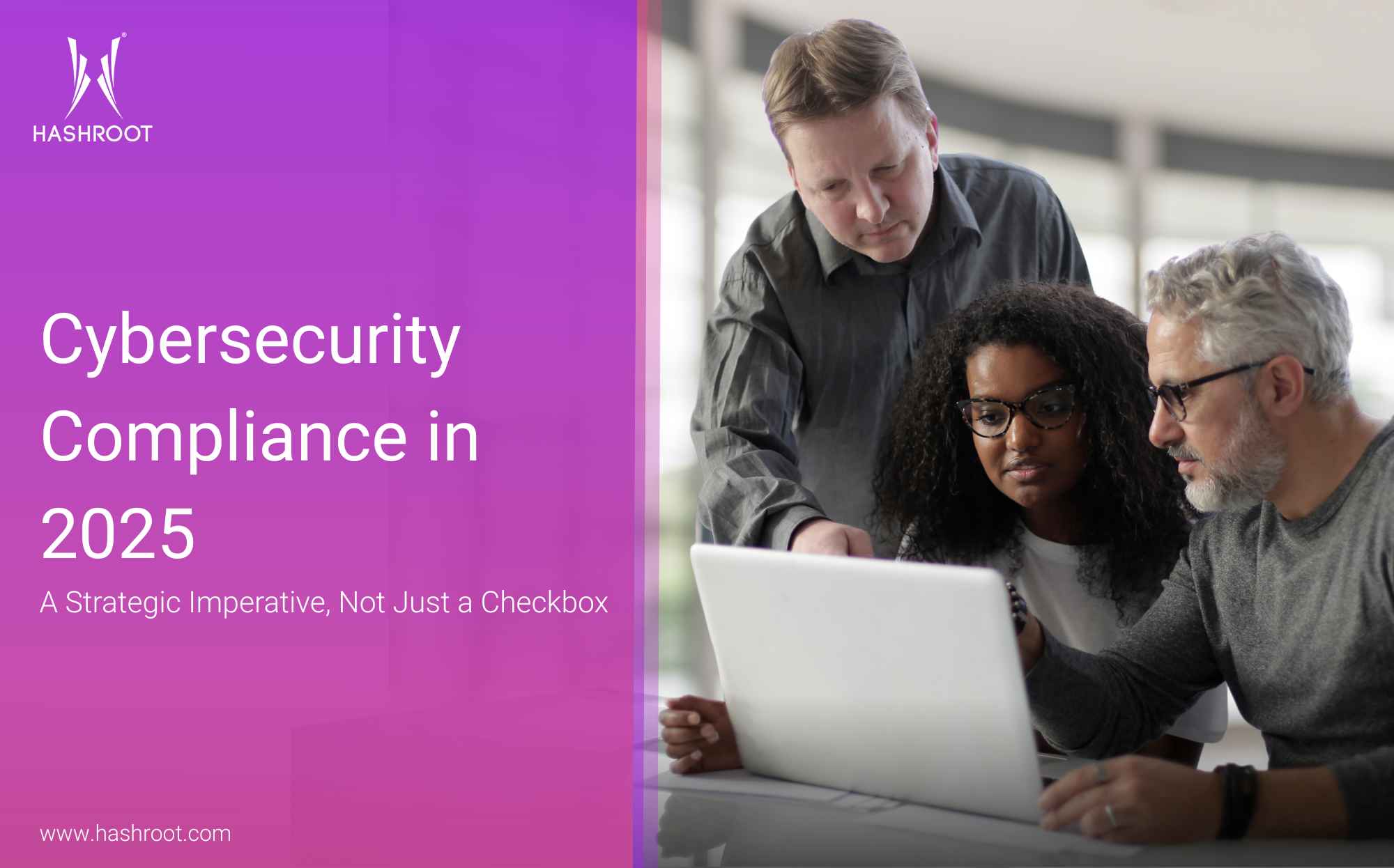As we navigate an increasingly complex digital landscape, cybersecurity compliance has transformed from a regulatory afterthought into a core pillar of operational resilience. For organizations handling sensitive data or leveraging AI, 2025 presents new challenges—and new expectations.
Whether you’re managing cloud infrastructure, supporting distributed teams, or adopting AI-driven workflows, staying ahead of regulatory changes is no longer optional. It’s essential.
Why Compliance Is a Strategic Priority in 2025
Cyberattacks are escalating in volume, scale, and sophistication. From AI-generated phishing scams to deepfake-enabled fraud, the risks are evolving just as quickly as the technology.
Meanwhile, the financial implications are staggering. Cybercrime is projected to cost the global economy $10.5 trillion annually by the end of 2025, and that doesn’t include the reputational fallout or loss of customer trust that comes from non-compliance.
But the real shift? Compliance is no longer just about avoiding fines. It’s about business continuity, investor confidence, and brand integrity.
Falling Behind Isn’t an Option
Regulators are tightening their grip—especially in areas like data privacy, AI accountability, and cloud security. From Europe’s expanding GDPR rules to the U.S.’s growing patchwork of state-level privacy laws, organizations must navigate a labyrinth of requirements.
Non-compliance now carries real-world consequences:
- Hefty regulatory fines (e.g., under GDPR or CCPA)
- Legal fees and breach-related settlements
- Disruption to business operations and service delivery
- Loss of clients and partnerships due to weak compliance posture
At HashRoot, we’ve seen firsthand how proactive compliance measures can prevent these domino effects—and even open new business opportunities.
What’s Changing in 2025?
- Data Privacy
16+ U.S. states are expected to enact comprehensive privacy laws by year-end. While they echo GDPR’s principles—consent, transparency, and data minimization—they differ enough to require tailored strategies for each jurisdiction. - AI Compliance
The EU’s AI Act and emerging state-level AI laws in the U.S. are bringing transparency, fairness, and ethics to the forefront of machine learning applications. If your tools make automated decisions, you need to demonstrate control, bias mitigation, and data governance. - Cloud Security Standards
Expect stricter expectations for encryption, access controls, and third-party risk management, especially in regulated industries like finance, healthcare, and SaaS.
Making Sense of New AI Compliance Frameworks
As AI becomes embedded in everything—from chatbots to threat detection—it also brings fresh security challenges. The good news? You don’t have to navigate this alone.
Several global frameworks are emerging to guide responsible AI implementation:
- ISO/IEC 42001: A new international standard for AI system management and security.
- NIST AI Risk Management Framework: U.S.-based guide for identifying and addressing AI-related risks.
- CISA’s AI Guidelines: Focused on AI security in government and critical infrastructure sectors.
These frameworks help businesses align innovation with accountability.
How to Prepare Your Organization Now
1. Conduct a Comprehensive Risk Assessment
Identify where your sensitive data resides, who has access, and where your exposure lies—both internally and across vendors.
2. Strengthen Core Controls
- Adopt a Zero Trust Security approach
- Enforce multi-factor authentication
Encrypt all data (in transit and at rest) - Secure remote endpoints and BYOD devices
3. Build and Test Your Incident Response Plan
Don’t wait for a crisis to create your playbook. Document clear steps, assign roles, and run simulations to stay ready.
4. Train Your Workforce
Cybersecurity awareness should be ongoing—not annual. Equip every employee to recognize phishing, manage passwords, and report anomalies.
5. Vet Your Vendors
Third-party risk is often overlooked until it’s too late. Evaluate the security posture of your cloud providers, SaaS platforms, and IT partners.
6. Stay Ahead of Regulatory Change
Designate a compliance lead—or partner with experts like HashRoot—to monitor evolving regulations and adjust your strategy proactively.
Turning Compliance into Competitive Advantage
Forward-thinking organizations are flipping the compliance narrative. Instead of viewing it as a burden, they see it as an enabler of:
- Faster client onboarding
- Stronger investor confidence
- Seamless expansion into regulated markets
- Enhanced customer trust and retention
By building a robust cybersecurity compliance foundation, you position your organization not just to survive—but to lead in the digital economy.
Need Help Navigating 2025's Compliance Landscape?
At HashRoot, we help businesses turn compliance from a risk into a strategic asset. From cloud security audits and AI governance frameworks to continuous compliance monitoring, our experts ensure you stay one step ahead—no matter what’s next.Get in touch to schedule a compliance consultation tailored to your industry and tech stack.

